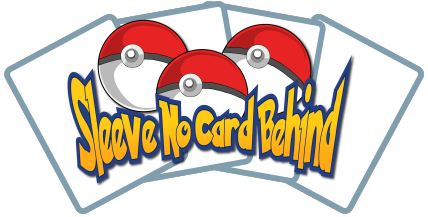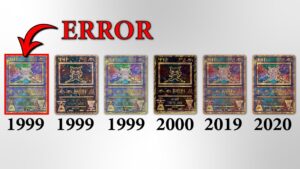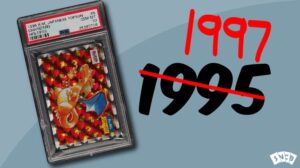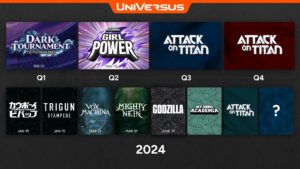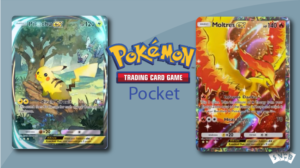7 Biggest Differences Between TCG and OCG in Yu-Gi-Oh!
-
By: Oliver Copeland
- Published:
- Last Updated: December 3, 2023
The Yu-Gi-Oh card game is split up into two different classifications: the Original Card Game (OCG) and the Trading Card Game (TCG). There are a handful of differences, and knowing them will help you choose which you want to play, or help you decipher some Wiki articles!
Region
Probably the biggest difference is the origin of the two games. Yu-Gi-Oh! Originated in Japan in the mid-90s, and so the OCG is played in Japan as well as China, Korea, and other countries within that region.
The TCG is an adapted version of the game that is played in North America, Europe, Australia, and everywhere else.
As the list goes on, we’ll discuss all of the differences that have rippled throughout the years, slowly widening the two systems apart.
Different Banlists
One of the more notable differences is the ban lists. This comes from different releases, different exclusives, and different metas all changing over time.
Cards that you love but are no longer tournament legal, might be legal to use in the opposing classification system. However, it might not dominate in the same way. That card you love to play may have a counter ready when you switch sides.
Specifically, we’re referring to the Forbidden and Limited (F/L) lists. Some players want the F/L lists to be unified between the OCG and TCG, but we are still a long way off from that ever happening.
You can see the official current F/L here, to keep up to date.

Exclusives
Exclusives are cards that only release in one region of the game. For example, some cards may never come to the TCG, even though they’ve been in the OCG for years. Sometimes though, the TCG gets its own exclusive cards such as Minairuka.
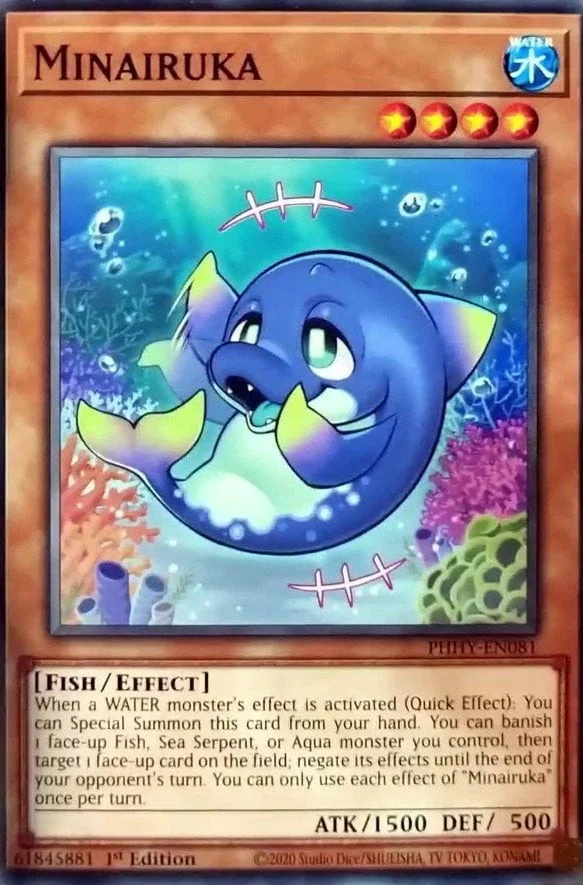
This is a frustrating aspect sometimes but also created diversity among the games. Sometimes it doesn’t make sense to bring a card over to the opposing system, because it may not fit well in the format.
Organized Play
Organized play refers to the various official events and tournaments that take place.
The main difference here is that the OCG isn’t nearly as competitive as the TCG. Events and tournaments will be harder to find in the OCG regions and often have much smaller outcomes.
This has many different impacts on the landscape of the cards. For example, cards are generally cheaper in the OCG regions, since there isn’t as high of a demand.
Reprints
The TCG regions of the game experience much more reprints. Players in the Yu-Gi-Oh! OCG have likely experienced the frustration of waiting for their favorite cards to be reprinted.
Secret Rares in the OCG are less frequent and more often available as Ultra Rares or Super Rares. This means more players get the cards they want, the chase isn’t as competitive and the cards are cheaper.
Different Release Timing
The TCG is often behind when it comes to releases. A card’s first printing usually takes place in the OCG, later coming to the TCG when the time is right. We often see full sets or collection boxes released in the OCG months before it comes to North America.
In some cases, cards will take years to come over from the OCG, or never come over at all, remaining as an exclusive. Dimension Box cards are commonly brought up when talking about release timing since they took years to all come to the TCG, being spread out over time.
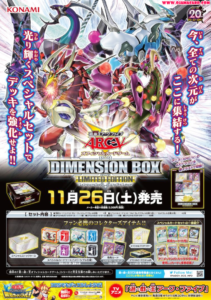
Card Quality
Not all trading cards are created equal. If you collect multiple card games, you’ll notice that thickness and quality vary greatly. For example, sports cards are often thicker than cards from Pokémon, Yu-Gi-Oh, or Magic: The Gathering.
In the world of Yu-Gi-Oh, players know that the OCG cards are of a much higher quality. OCG cards are printed on a thicker card stock, giving them a sturdy feel.
European cards have their own ‘feel’ to them as well. They are known to be printed with darker, deeper colors and the foil lines of a Secret Rare are deeper and more vibrant.
Unfortunately, North American cards that belong to the TCG are known to be thin, flimsy, and ugly. The saving grace here is that most of us North Americans have never seen or felt a European card in person, so we’ll never know the difference.
Final Thoughts
You’ll probably just play whichever system that pertains to your home region, but there are many advantages and disadvantages in choosing. Among the biggest differences between the TCG and the OCG in Yu-Gi-Oh!, is the card selection. If you’re just a collector, then you get the best of both worlds because you’re free to choose whichever cards you want, whenever!
